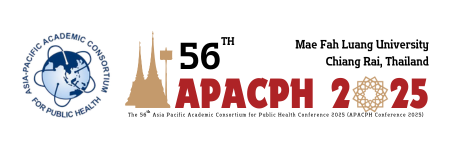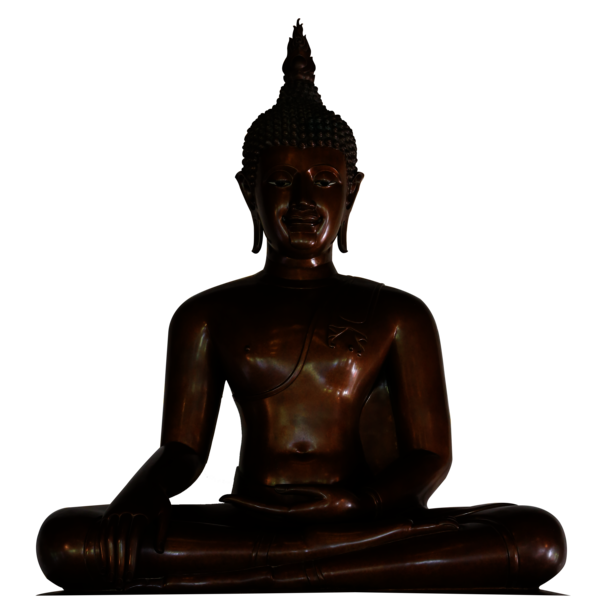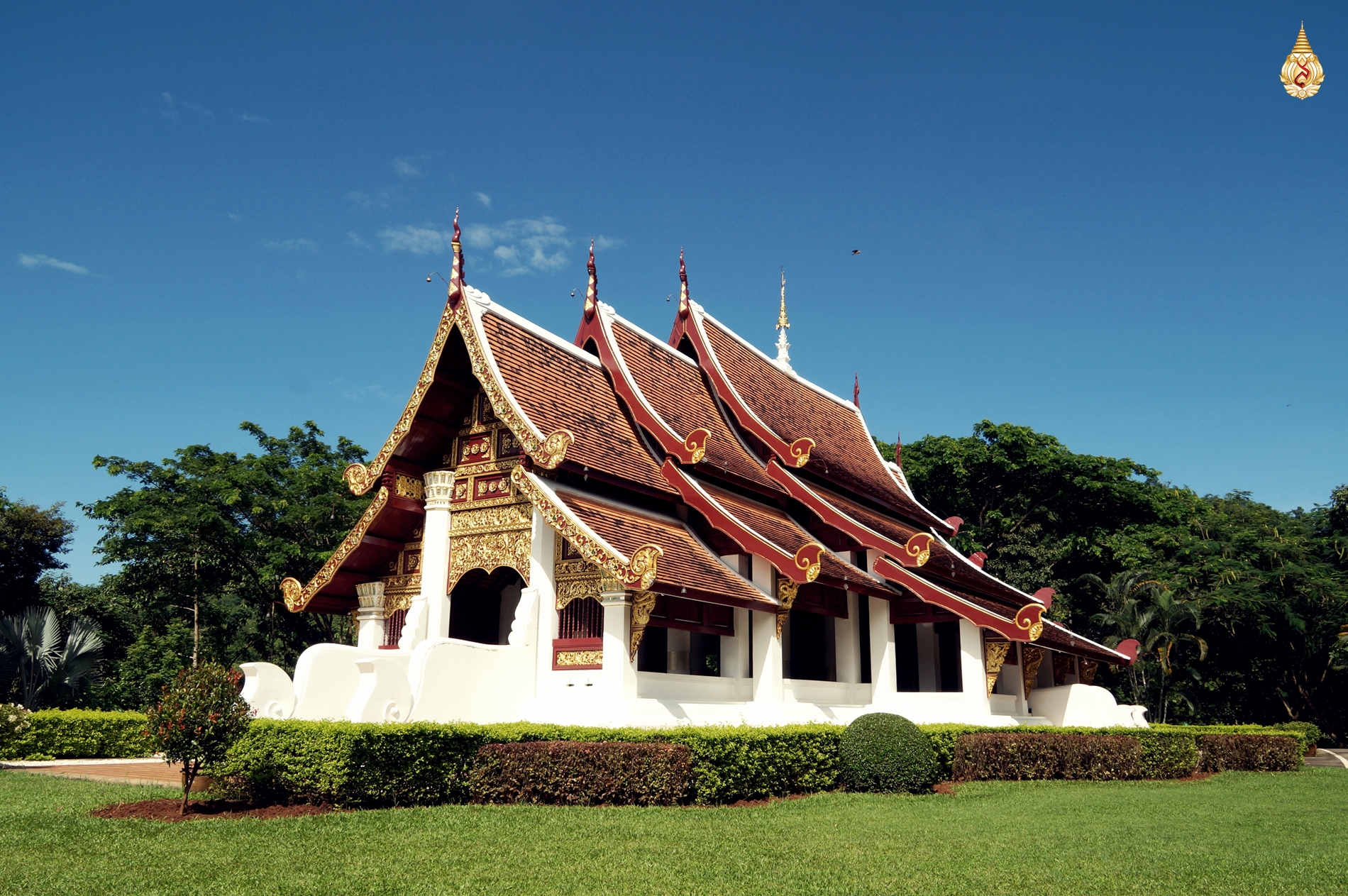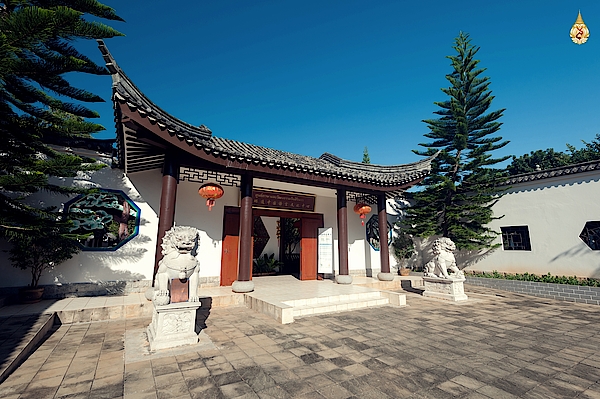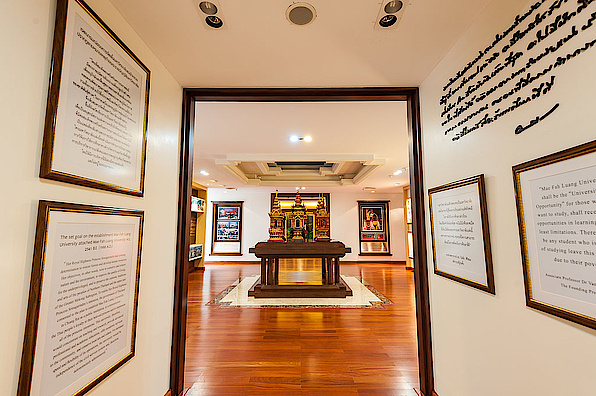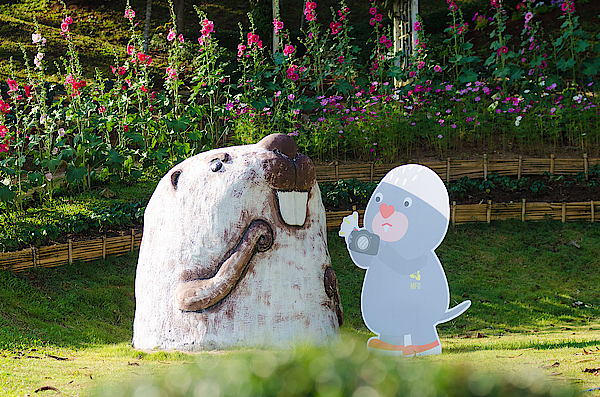MFU Attractions
1 . Monument of Her Majesty Queen Srinagarindra the Princess Mother
The purpose of the construction is to honor His Majesty who has invited His Majesty's royal title as the name of the university and to be a memorial of the loyalty of the people of Mae Fah Luang University and all Thai people. The proposed design concept exemplifies His Majesty seated in a gesture of compassion, embodying his unwavering care for the people. His attire, reflecting ordinary clothing, accentuates humility and relatability, thereby fostering a profound connection with the populace. The addition of a bright and smiling expression symbolizes benevolence and optimism. Furthermore, the decision to depict His Majesty at twice life-size underscores the significance of the representation and enhances its prominence as a tribute.
2.Buddha statue of the Mae Fah Luang University
This Phra Chao Lan Thong Chaloem Phrakiat image was created by Mae Fah Luang University in the style of Phra Chao Lan Thong, a Buddha image in the Pallava art style, the principal Buddha image in the ordination hall of Wat Phra Kaew (Royal temple), Mueang Chiang Rai District, Chiang Rai Province, to celebrate Her Royal Highness Princess Maha Chakri Sirindhorn on the occasion of her 50th birthday in 2016, and was granted permission to be enshrined as the Buddha image at MFU
3. Phra Chao Lan Thong Chaloem Phrakiat Temple
The design incorporates architectural styles inspired by esteemed temples, including Wat Phra That Lampang Luang, Wat Lai Hin in Ko Kha District, Lampang Province, and Wat Pong Yang Khok in Hang Chat District, Lampang Province. Additionally, the design draws influence from the renowned Wat Xieng Thong in Luang Prabang Province. This thoughtful integration of regional and cultural aesthetics ensures the representation embodies historical significance and artistic harmony.
The temple measures 8.94 meters in width and 20.05 meters in length, providing a total usable area of 180 square meters. The fundamental structure is constructed using bricks and cement, while the upper section is composed predominantly of hardwood, with teak serving as the primary material. The roof is adorned with clay tiles, featuring four ridges and three rows. The third ridge is intricately embellished with stucco crafted in the form of a prasat fueng, further enhanced by the inclusion of a five-tiered umbrella. The gable is meticulously fashioned from carved teak wood, its surface gilded with gold leaf, which accentuates both the front chest and the upper section with elegance and sophistication.
4. Sirindhorn Chinese Language and Culture Centre and Confucius Institute
This initiative was established through the collaborative efforts of the two governments, who shared a mutual aspiration to advance the study of Chinese language and culture in Thailand. Most notably, the government of the People's Republic of China envisioned this Chinese language and culture center as a significant gesture of goodwill, presenting it as a meaningful gift to the Thai people.In commemoration of the centennial anniversary of the birth of Her Majesty Queen Srinagarindra, the Cabinet has formally resolved to recognize the provision of grant assistance for the establishment of the Chinese Language and Culture Center at Mae Fah Luang University.
5. Mae Fah Luang University History Hall
The Mae Fah Luang University History Hall features a permanent exhibition chronicling the university's development and achievements during its inaugural decade, spanning from 1999 to 2008. It was founded to honor and commemorate the profound benevolence of Her Majesty Queen Srinagarindra, the Princess Mother. Mae Fah Luang University stands as a monumental testament to the unwavering loyalty and gratitude of the Thai people. To carry forward Her Majesty's visionary aspiration of "planting forests...building people."
6. Institute for Conservation and Development of Natural Resources and Environment for Sustainability
With the topography ready and the determination to make every square metre of the university area shady and have a natural environment where students and the public can come to study and gain knowledge in botany in the form of a botanical education park, the university has envisioned developing the entire campus, 5,000 rai, into a botanical garden.
